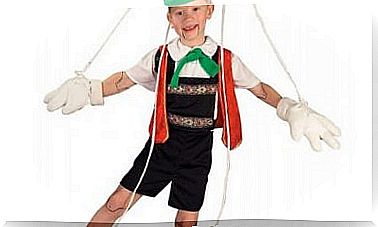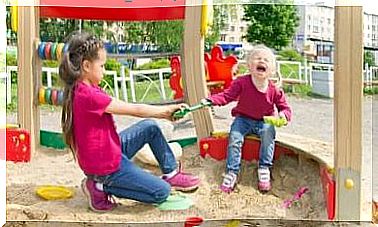How To Teach A Child To Tie A Shoelace
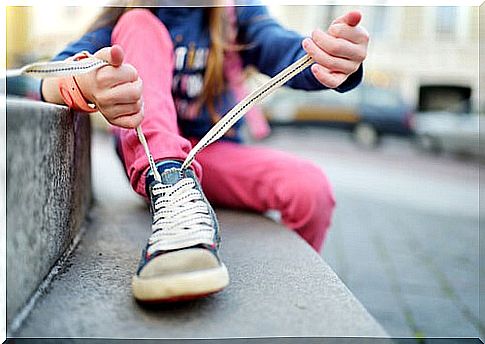
Many parents, teachers and nannies wonder how to teach a child to tie a shoelace. They’ve been tying children’s shoes all day, but transmitting this technique isn’t easy.
Most children still don’t have the coordination to tie their own shoes until they are five or six years old. Little by little, her fine motor skills will develop sufficiently to allow her to remember this multi-step process.
It is convenient that, as a mother or father, you have your own way of teaching the child to tie the shoelaces . You can use the same method you learned. But keep in mind that even though you use the same method with your child, it may not be effective for your child.
How to teach the child to tie the shoelaces?
If you still haven’t found the right method for teaching your child to tie a shoelace, here are the techniques that can help.
1.- Teach the child to move their fingers
Some factors contribute to children having more difficulty learning how to tie the shoelaces. First of all , it takes refined dexterity of the fingers and coordination of movements.
Therefore, we recommend that, before teaching your child how to tie the shoelace, show him the finger movements to hold the shoelace and pass it from one side to the other.
You might start by showing the child how to position the pincer-shaped fingers with the thumb and forefinger, like a lobster claw. That way she’ll be able to hold the shoelaces tightly. You can use your own hand as an example and then help the child hold the shoelaces, guiding their movements.
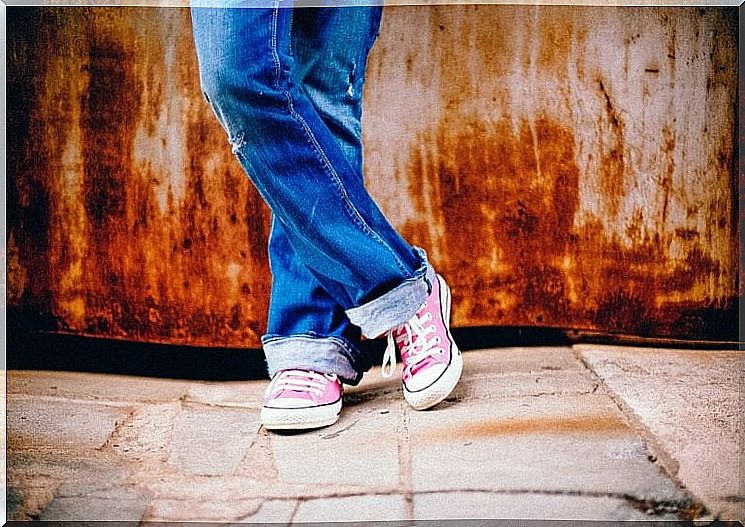
2.- Use two-color shoelaces
Another suggestion is to use a shoelace that has each half a color . So the child can easily distinguish each side when they are intertwined.
If it is very difficult to find colored shoelaces this way, you can use marker to color a white shoelace. Using color helps most children understand and memorize the procedure.
After putting the shoelaces on the sneakers, put the child on. Stand by her side and show her gestures slowly so she can compare your movements with hers. Repeat the same action as many times as necessary.
3.- The rabbit ear technique
One of the easiest and most fun techniques when teaching a child to tie a shoelace is the “rabbit ears”.
To put it into practice, tell the child that you are making a rabbit’s ears. The first step is always to start with the laces and pulling each side. The second is the ears. To do this, take each side of the shoelace and fold it to make rabbit ears. It’s even easier if you use the tip above the colored shoelaces.
It is important that you show the child how to hold the folded shoelace between the thumb and forefinger to fold the ear with the other side. Finally, teach to tie both ears.
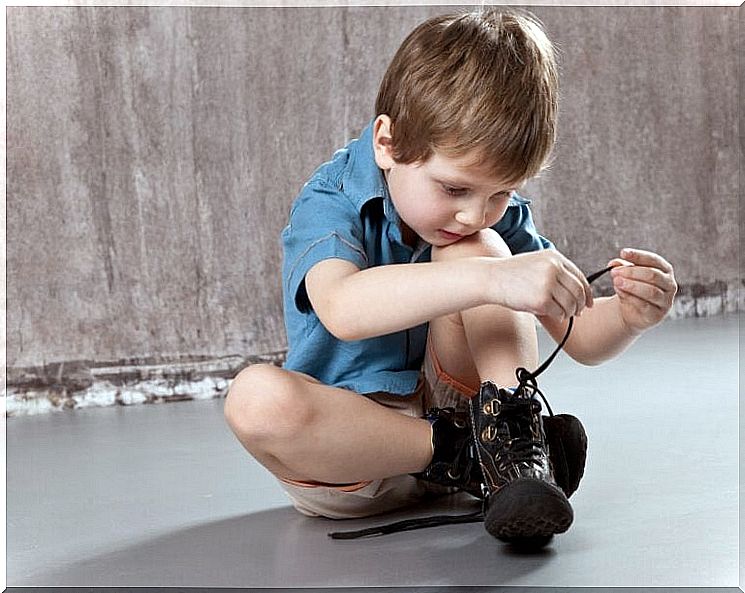
4.- The cardboard shoe technique
Another option is to use manual activities to facilitate joint learning . This activity consists of creating a cardboard mold in the shape of a shoe and drilling holes to pass a string that would be the shoelace. That way, the child can try as many times as needed. She will be able to learn how to thread the string, make the knot and the bow in a more playful way.
Don’t worry, the preparation is very simple . All you have to do is draw shoes on the cardboard with a marker and make the holes. With a pen or the tip of scissors, you can drill holes at the marked points. Once you have the picture of the shoes ready, you can iron the shoelaces. Do it slowly explaining step by step, as if they were real shoes.
Finally, it is necessary to remember that the main thing in children’s learning is repetition.
Children sometimes have difficulty learning and parents find it difficult to find effective ways to teach them. The best way to help your child is to be very patient. Many children need to repeat the movements several times before they become familiar with the procedure. After that, it becomes something automatic.






